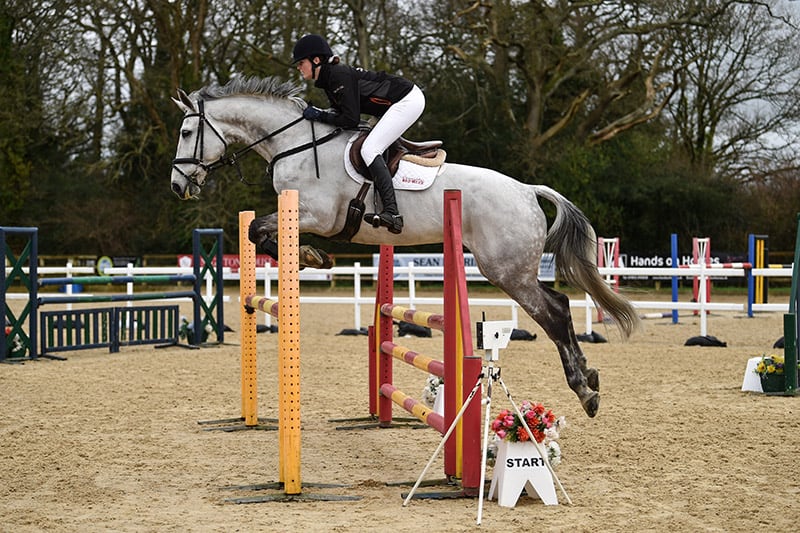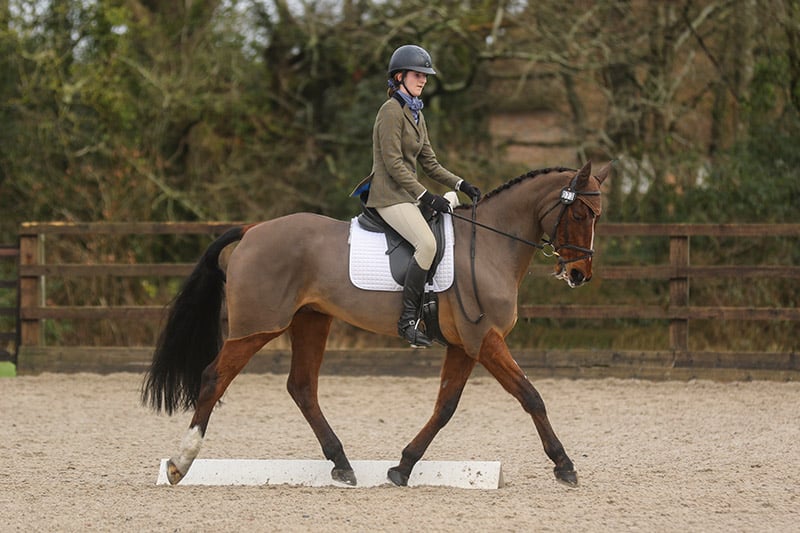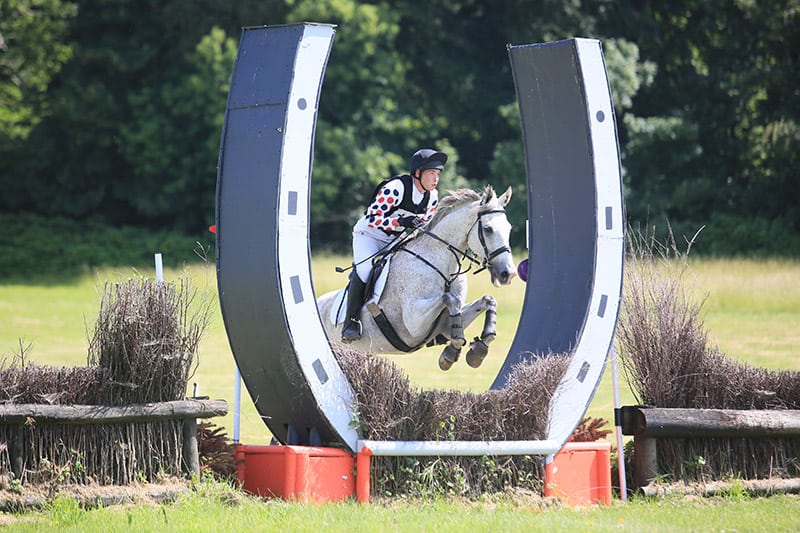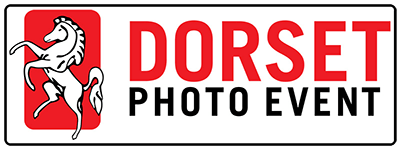DorsetPhotoEvent cover Equestrian Events across Dorset and the South-West, we know how to photograph equestrian events. We Photograph all disciplines from BE (British Eventing) to Endurance and Local Shows to National competitions. We can photograph your event and have put together a little advice for you.
How to Photograph Equestrian Events
In many ways it is no more difficult than to say you need images that make the horse or pony look great, so what works?
Rule 1. Timing, there are certain elements of the stride pattern that look great, some that look OK and some that can look awful. Knowing when to press the shutter button is paramount. There is then the added issue that some cameras react faster than others. You need to know your camera and the horses stride and match the two together.

Rule 2. Angle, now again this means many things, are we shooting from the front, the side or the rear. Being over 6 foot tall I have to think about not shooting down. Shooting show jumping I could end up making that 1 foot jump look like stepping over a pole on the ground.
Rule 3. Light, as a youngster I was always told to shoot with the sun coming over a shoulder. That is great for basic photography and we can break that rule for far more dramatic effects but more on that with camera settings. The direction of the light changes over a day, not such a problem when shooting X-Country as you can move. This is definitely an issue for Dressage when you often shoot from one spot all day long.
So now we have a Rules, the considerations of how to photograph an equestrian event let us talk about equestrian camera settings.
Camera Settings for Equestrian Photography
Image Quality
Setting 1. RAW or JPEG. If you want to start a fight among photographers this is right up there with Canon or Nikon. In the fast moving world of event photography there is not the time to convert from RAW. When you have maybe 10,000 images from a day JPEG is the order of the day. For optimum quality and to give you more control RAW is far superior. For a portrait session or stable shoot RAW is King – there is no single answer as you have to match your workflow.
Shutter Settings
Setting 2. Single shot or continuous burst? If we refer back to Rule 1, timing then because we know our equipment and the horses movement we only need a single shot as we time to perfection. A continuous burst is just as likely to miss that decisive moment as capture it. A trick is to use the low speed continuous and by using a light touch only one image is taken (don’t press and hold). What can make this much easier is to break the connection between focusing and shutter activation. We break this connection by using back button focusing. This really is a Marmite setting that some can never master and some never need to.

Exposure Settings
Setting 3. Exposure mode, and before you can determine that you need to know what is important to you. For me it is controlling the depth of field, how much is in focus and I let the camera do the rest most of the time. As a Nikon user that is Auto ISO. So choose a shutter speed that freezes as much of the action as I want. Use low shutter speed pan with the action to get something arty. Use a high shutter speed and freeze the action and see every hair. So my choice is Aperture priority Auto ISO.
Setting 4. Metering pattern and this is a matter of learning what you camera does. In some situations matrix metering is perfect. Other times it may be spot and manual compensation because of the use of Auto ISO. The thing to do is to find the situations that will cause issues. Think as back lit black or the whitest of gray horses and see how your camera performs.
Focussing
Setting 5. Focusing and again it comes down to personal preference. The newer cameras have so many focusing modes. At the top level the tracking capabilities and the speed with which the camera can lock onto a target are fantatstic. This is something I dreamed about when I bought the very early auto-focus cameras about 35 years ago. Focusing should always be though of in combination with Rule 2.

Equestrian Photography Camera Choice
So what camera? It is never just the camera, it is the camera and lens combined that needs to be considered. My first consideration would be ergonomics. The camera must fit the hand comfortably as you will be using it all day long. Weight should then also be considered which opens up the strap or harness of choice. Can you minimise the effect of weight by using a monopod, bean bag etc.
Some cameras perform well in low light, so will you be indoors in low light trying to catch action? Will you be outside in all weathers. Will your images be used on billboards?
There is a reason why the 70-200 f2,8 is possibly the most common lens that I and equestrian photographers own. They are known for their sharpness, speed of focusing. They also offer a good level of weather proofing.
So that was a basic trot around what you need to consider. Hopefully that will help you know how to photograph equestrian events.
We at DorsetPhotoEvent also do stable visits, portraits and lots more to produce fine art equestrian photography.
DorsetPhotoEvent can be contacted on;
Telephone: 07951 926304
92 Andover Green
Bovington
Wareham
Dorset
BH20 6LP
